AO Edited
Vrouwekerk
Only a few walls remain of the last church the Pilgrims used before they sailed to North America.
The city of Leiden has a rich history, but is also a place of interest for many North Americans since it is the last European home of the Pilgrim Fathers and the Huguenots. Not many traces of these people have remained, but still enough for thousands of Americans to visit the city each year. The main feature of these visits is the remnants of the Vrouwekerk.
The church dates back to the 14th century, when it was built as a chapel to Mary. (Originally, it was named Onze-Lieve-Vrouwekerk, “Church of Our Lady.”) It slowly grew out to a larger church as time passed and the city grew. In 1573, the church was nearly destroyed during the Spanish siege on the city. It would have been condemned if not for a rich donor who bought it and gave it to the city in exchange for them opening it as a protestant Huguenot church, who had become a large minority in the city by then after fleeing France and the southern Netherlands.
The church became the center of the community, sometimes being so full that everyone had to stand during masses. Many famous pilgrims used this church: Philippe de la Noye (whose name was changed to “Delano” in New England) was baptized there, and Francis Cooke, a founding member of the Massachusetts Bay Colony, was married there.
While in Leiden, the Huguenots were accepted and treated without prejudice, too much so according to their leaders who feared that the liberal Dutch would affect their community and dilute their culture and faith. Therefore, it was decided that the community would move to the new world where they could keep their culture safe.
After most of the Huguenots left, the church fell into disrepair and was partially demolished—only a few walls remained. This place became a meeting place for the youth and dilapidated further. The city wanted to break down all of the remains and redevelop the area, but this caused protests from American descendants from the Pelgrimfathers and various related societies who saw it as an important place that should be preserved. The city eventually agreed and restored the ruin in 2008-2009. The place has been well maintained since then.
Know Before You Go
The ruin is freely accessible.
Plan Your Trip
The Atlas Obscura Podcast is Back!




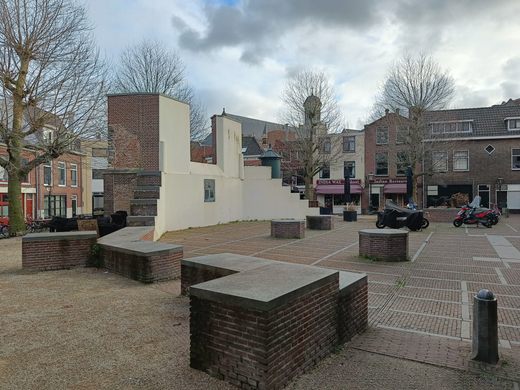
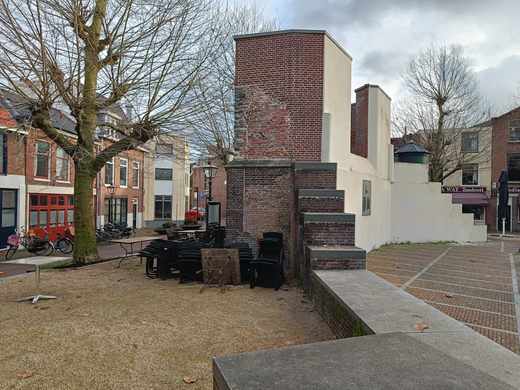

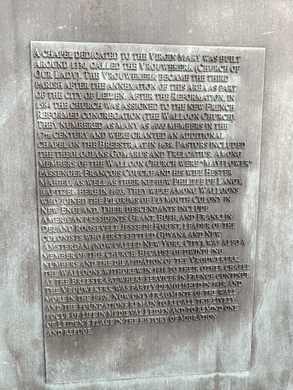




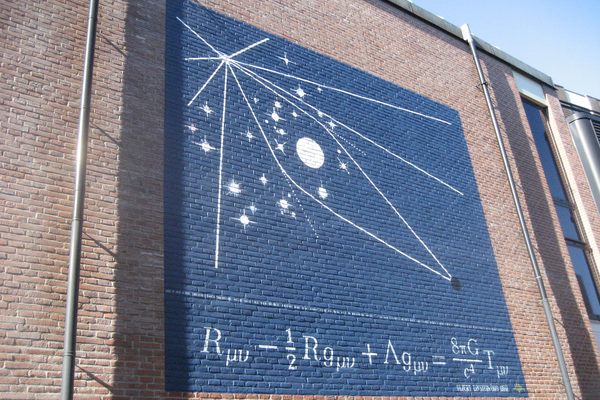

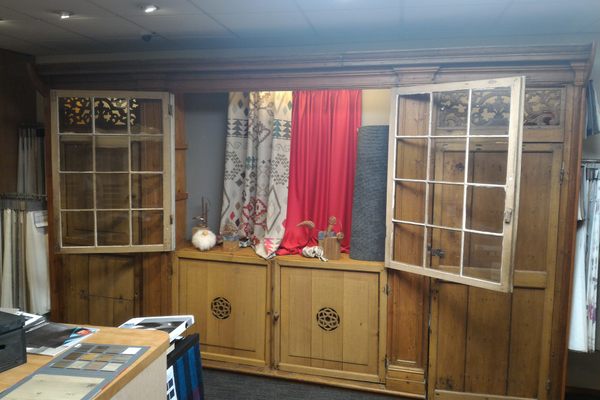
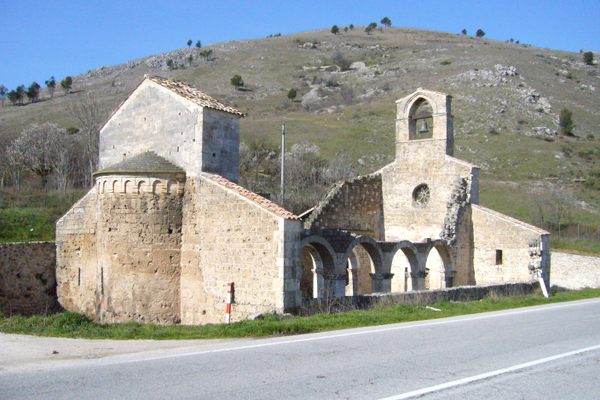
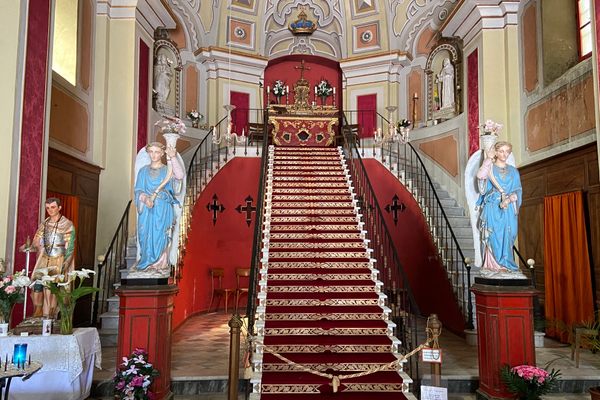

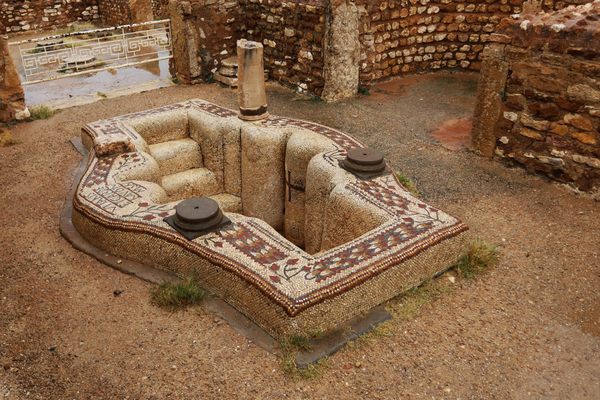

Follow us on Twitter to get the latest on the world's hidden wonders.
Like us on Facebook to get the latest on the world's hidden wonders.
Follow us on Twitter Like us on Facebook